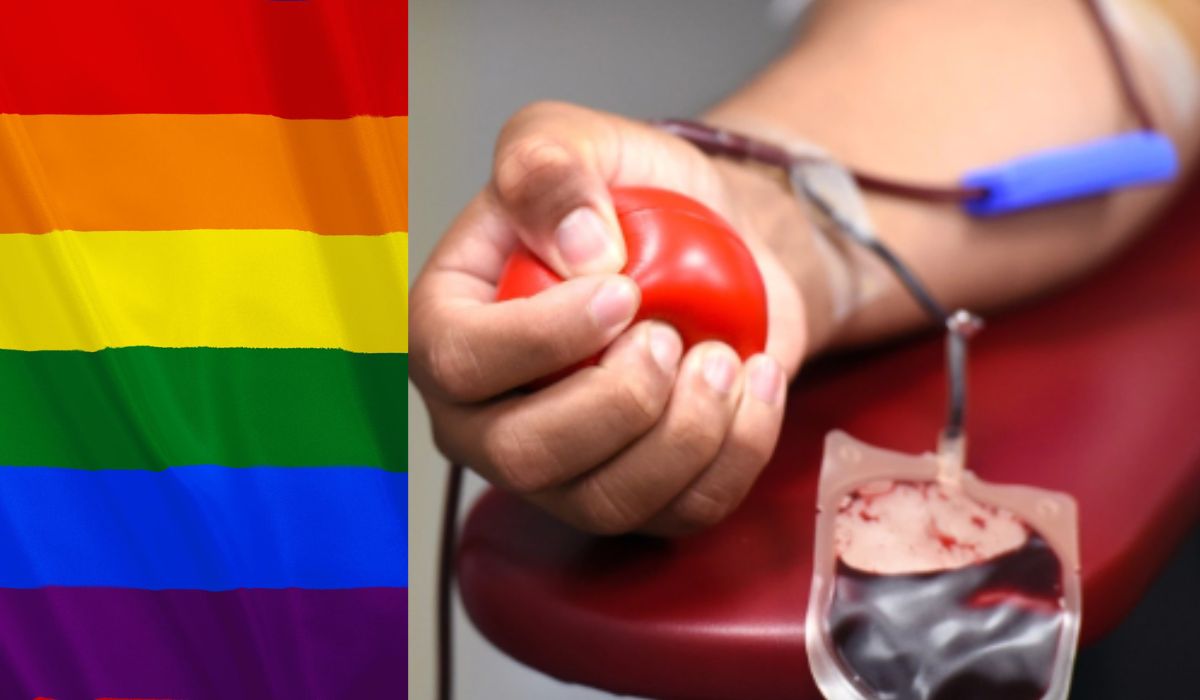Montana has reported 237 cases of primary and secondary syphilis as of Oct. 15 this year, which is 147% more than in 2021, following a national trend in which sexually transmitted diseases kept increasing during the second year of the COVID-19 pandemic with no signs of slowing, state and federal officials said.
Numbers released Sept. 1 by the Centers for Disease Control and Prevention said preliminary data show 2.5 million reported cases of chlamydia, gonorrhea and syphilis in the United States in 2021.
Montana has reported six confirmed cases of congenital syphilis so far in 2022, in which a mother with syphilis passes the infection on to her baby during pregnancy, according to numbers provided by the Department of Public Health and Human Services (DPHHS).
In 2021, Montana had 96 cases of primary and secondary syphilis, two syphilitic stillbirths, and seven cases of congenital syphilis, which includes one infant death, DPHHS said.
People are also reading…
In 2020, Montana had 42 cases of primary and secondary syphilis and two congenital syphilis cases. Syphilis is the only sexually transmitted infection (STI) that has increased in 2022.
A DPHHS chart showing numbers on primary and secondary cases in Montana as of Oct. 15, found 65% of the 237 cases were in three counties. There were 63 cases listed in Yellowstone County, 46 in Roosevelt County and 45 in Big Horn County. Six were reported in Lewis and Clark County.
It said 53% of the cases were male, 47% were female, 30% were white, 23% were Hispanic and 47% were Native American.
The above chart shows new information on syphilis cases in Montana.
Department of Public Health and Human Services
It also found that 64% of the cases were among high-risk heterosexual men, 20% were among men who had sex with other men, 23% were not interviewed and 6% were co-infected with HIV.
Pat Zellar, a spokeswoman with RiverStone Health, which serves as the health department for Yellowstone County, said they are tracking the numbers “very carefully, adding that not only is syphilis a very serious disease, it is also communicable. She said the numbers for Yellowstone County as of Oct. 25 are higher than the state reported from earlier this month.
She said the county has 106 cases of syphilis for the year to date, a 376% increase over the previous five-year average. She said 52% are classified as American Indian or Alaskan Native.
“The pandemic absolutely had an impact on STIs and this is seen across the country,” Zellar said, adding there have been increases in chlamydia and gonorrhea, but none have increased as sharply as syphilis.
She said there is a general lack of education, as many people think it’s a thing of the past. She emphasized it is curable.
Zellar said RiverStone is working with health care partners in the community such as Native American Development Corp. and the county jail on education and awareness “in the hopes we can slow down the spread.” She said they are also encouraging local health care providers to test for syphilis and treating people who have tested positive.
The CDC said their information was only a “snapshot” and doesn’t tell us why these STDs are increasing.
They added the COVID-19 pandemic compounded many of these challenges, exacerbating preexisting disparities in health care and prevention access, and further straining the public health infrastructure.
“Despite this, we know that a wide range of factors can contribute to high levels of infections,” the CDC said.
Reductions in STD services at the state and local level. For many years, reductions in STD screening, treatment, prevention and partner services by health departments likely contributed to STD increases.Increases in substance use, which has been linked to less safe sexual practices. “We are more than a decade into a national opioid crisis that is putting more people at risk for HIV, viral hepatitis and STDs,” the CDC said.There are social and economic conditions that make it more difficult for some populations to stay healthy. For example: poverty, stigma, lack of medical insurance or a provider, unstable housing and a higher burden of STDs in some communities.Decreases in condom use by some groups, including young people and gay and bisexual men. “We must ensure that provider and prevention partners are equipping those no longer using condoms for HIV prevention with the tools and information they need to protect themselves against other STIs as well,” the CDC said.
STIs continue to be stigmatized, the CDC said. This stigma can bury the truth that all people deserve quality sexual health care in order to live healthy lives and deter people and groups from taking action to prevent and treat sexually transmitted infections.
Kristi Akelstad, a section supervisor in DPHHS’ communicable disease control and prevention bureau, told Montana Public Radio in an Oct. 20 story that syphilis cases cut across all populations and age ranges throughout Montana.
Akelstad said they are noticing a new trend.
“Predominantly in the past we saw this more in the population of men who have sex with men,” she told MPR. “And then recently across the nation we’ve seen increases in syphilis, but also particularly syphilis, in women and in pregnant women.”
In terms of other sexually transmitted infections, Montana officials said that in 2021, 4,052 cases of chlamydia were reported, making it the most reported sexually transmitted infection in Montana. A total of 1,458 cases of gonorrhea were reported in Montana in 2021.
As of Oct. 15, Montana has reported 3,265 cases of chlamydia, which is 1% above cases year to date in 2021, and 1,015 cases of gonorrhea, which decreased 14%.
Karl Milhon, a former communicable disease epidemiology director for DPHHS and a former disease intervention specialist specializing in disease control, said he was shocked by the latest numbers.
He said he was talking to some former colleagues from around the country and was told STD intervention for the country has been kind of put on hold during the COVID-19 pandemic.
He said people have been trained to deal with COVID, and that a lot of STDs got put in a drawer in the United States for two years.
Milhon said Montana should consider hiring a disease intervention specialist and a couple of full-time employees.
“… having come from that field, it has always concerned me,” he said in an email. “Montana is very decentralized with disease control. Local health departments address ALL diseases and overall do it very well, but this can tend to make all diseases the same. This could impact a disease like syphilis. There is a reason nationally sexually transmitted diseases are carved out from all the other diseases with its own funding stream and positions like DIS intrinsic to its role. The decentralized approach to disease control in Montana could be another factor in this historic outbreak. We have gone decades without a problem and this too can lead to a certain complacency.”
He said the increase shows no signs of breaking and the data is only for three-quarters of the year.
“It is going straight up,” he said.
“I’ve always said the problem with public health is that when it works, nothing happens,” Milhon said. “When nothing happens for decades everyone forgets and they begin to question the very need for something like public health. They dismantle infrastructures and reap a whirlwind. Montana has gone for 30 or more years with minimal STDs. This syphilis state level outbreak is an example of what can happen. It’s time to pull the fire alarm on this one based upon my 37 years in public health much of it spent stopping this specific disease.
“People also tend to look for someone to blame when things like this or COVID hit,” he said. “Much of the problem can often be found in the mirror…”
Learn about grizzly bears.
Assistant editor Phil Drake can be reached at 406-231-9021.
Be the first to know
Get local news delivered to your inbox!
Discovered on: 2022-10-27 00:00:00
Source: Syphilis cases increasing greatly in Montana so far in 2022



